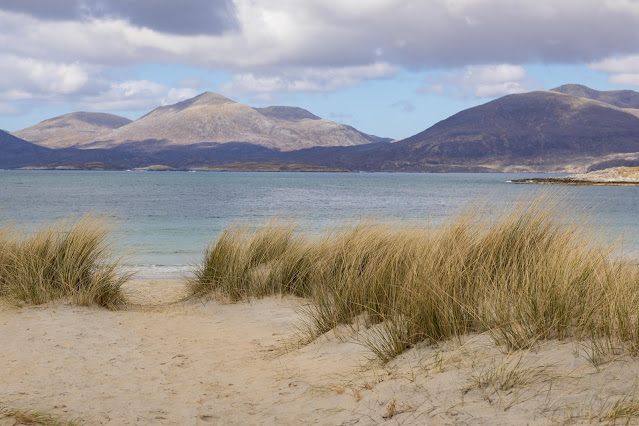This evening was entirely given over to demonstrations of how to create audio visual presentations.
Although there are many and varied applications available to achieve this, Philip Male, of our own parish, showed us how to create an AV using software we (probably) already have, namely Lightroom.
Although there are a bewildering number of different options available, Philip navigated us through the important ones, showing how to select images, title text, cast shadows, change borders, set copyrights and finally choose a sound track.
He pointed out Lightroom (currently) doesn't let you choose different transitions between one image and the next - one method goes for the whole presentation and all images transition the same way. There is also no means of zooming into, or out of, a particular image as part of the final result.
He then played the AV he had prepared.
The second presentation was from Danny Wooton who used iMovie (obviously mac only) to create a presentation.
With iMovie, stills and video can be merged, transitions for each and every image can be tailored and different soundtracks mixed. On the other hand, there are no frames (you'd have to generate these for each image before importing), no standard text (again, this would have to be embeded in each image before importing) and no fancy shadows.
One thing possible in iMovie (which it isn't in Lightroom) is to add the Ken Burns effect to one or more images - something which is very popular with photographers who post on YouTube.
Danny then played his presentation so we could see the overall effects and it was interesting to see the contrast between the results created by these two entirely different software applications.
We then finished the evening watching a third AV from Rose Porfirio of images taken on a trip to Slimbridge Wildfowl Trust.
Our next meeting will be on the 17th October.



























.jpg)


























